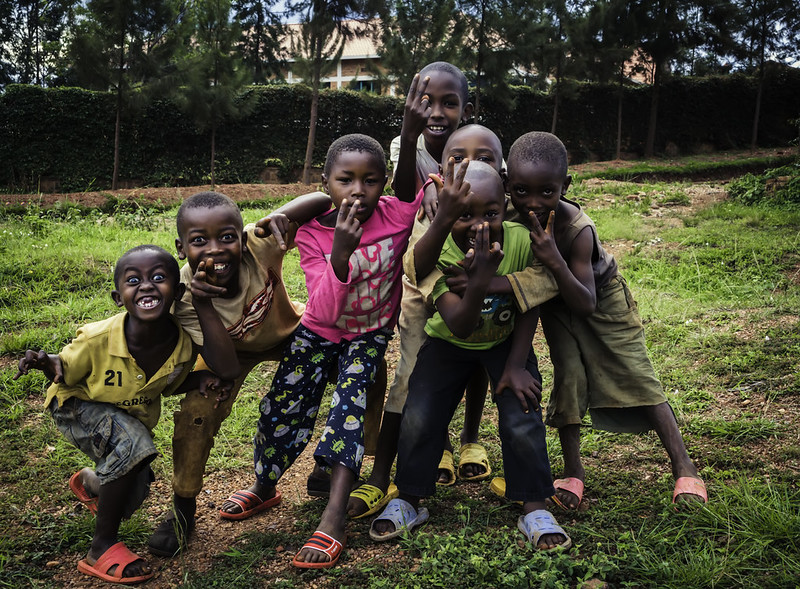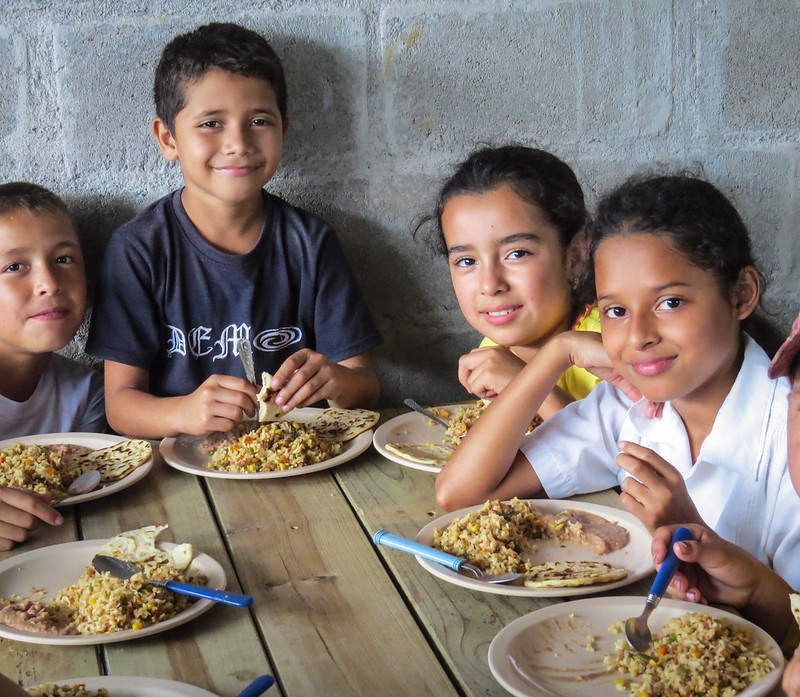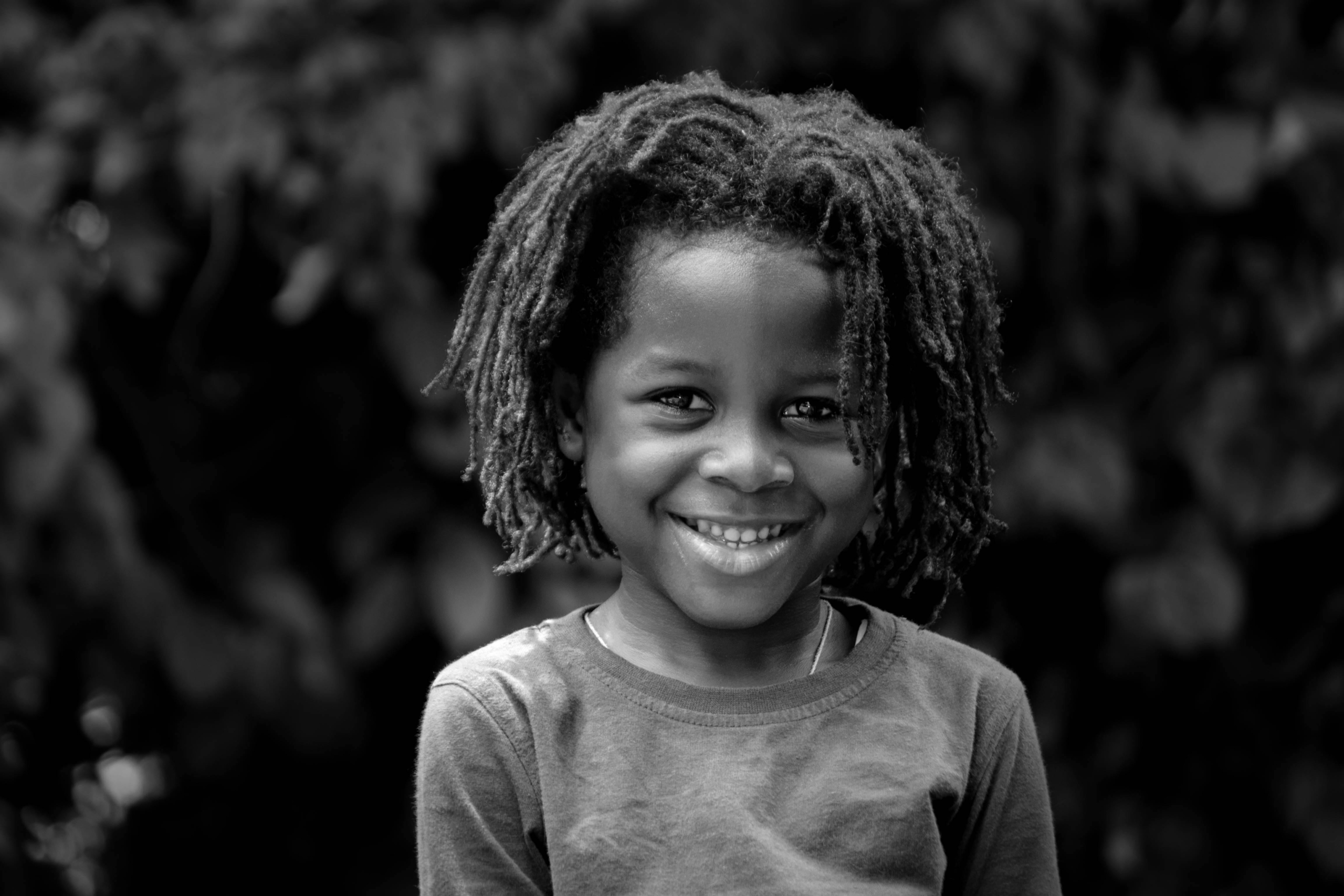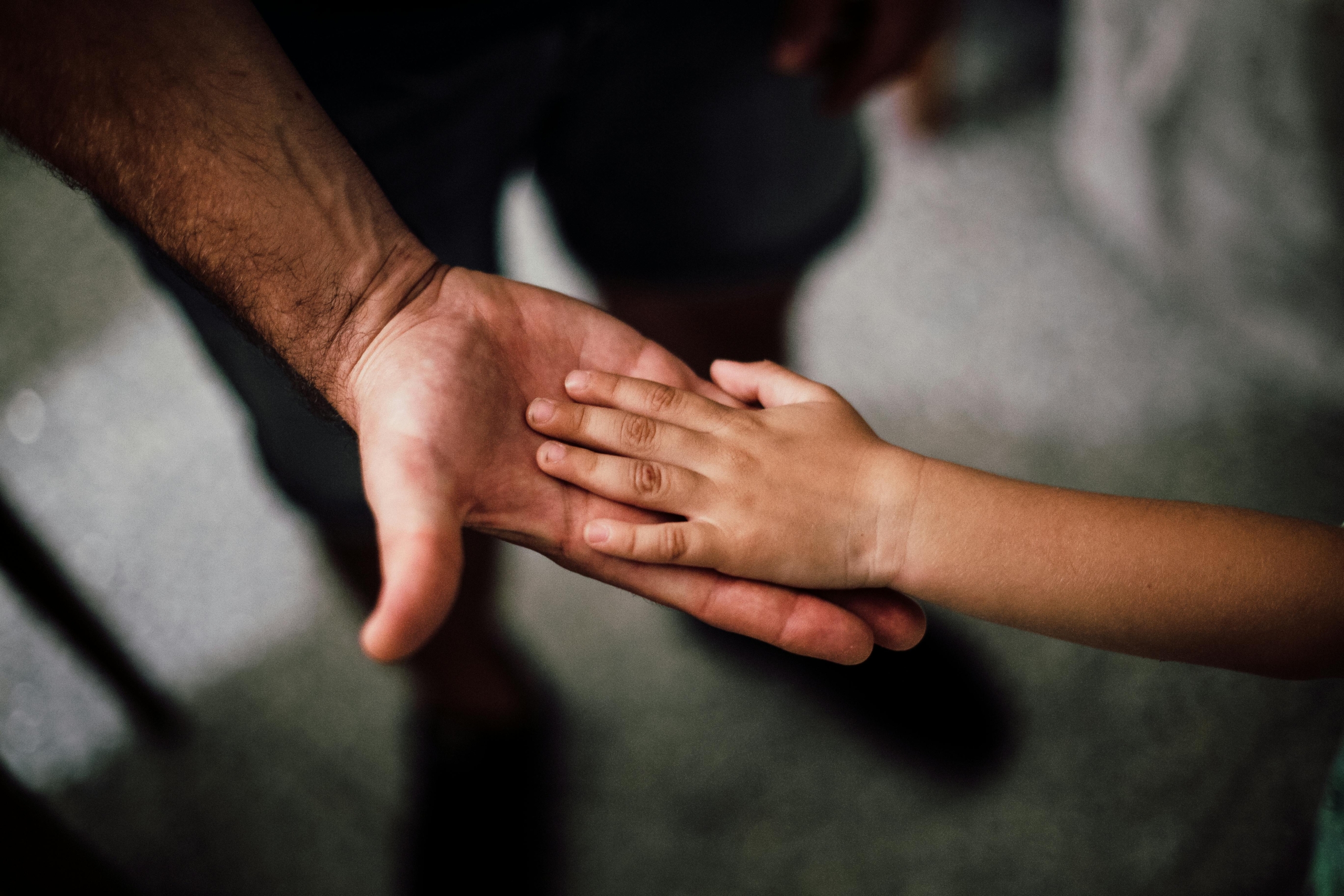 Nongovernmental organizations (NGOs) or charities play important roles in the fight against poverty worldwide. NGOs work directly with local communities, providing targeted support to the most vulnerable populations.
Nongovernmental organizations (NGOs) or charities play important roles in the fight against poverty worldwide. NGOs work directly with local communities, providing targeted support to the most vulnerable populations.
In the United Kingdom (U.K.), where 22% of the population experienced poverty in 2021/2022, charities are essential partners in the fight against poverty, complementing government efforts and driving sustainable changes. Here are five charities in England and the wider U.K. that you may not know about:
Greggs Foundation
The Greggs Foundation focuses on setting up breakfast clubs across England, Wales, Scotland and Northern Ireland. Supported by local businesses, these clubs provide fun and food to children before their school day. The foundation has set up 900, helping to feed more than 62,000 children daily. The work it does enables children to face a day of learning with a nutritious breakfast, allowing them to focus on expanding their knowledge.
British Gas Energy Trust
Best known for fueling the nation, quite literally, British Gas also has an energy trust that aims to alleviate fuel poverty. With the cost-of-living crisis, energy bills have soared for many families, meaning people increasingly have to choose between heating their homes and putting food on the table. The energy trust, however, aims to offer support and provide grants for those who are facing this issue. So far, the trust has helped 700,000 people through its grants and schemes.
Refugee Action
Focusing on refugees and migrants, Refugee Action is a U.K.-based organization that aims to fight for better living conditions for those seeking asylum. Centered around a collaborative and inclusive approach, the charity aims to support and advise those entering the U.K. With an ambitious approach, the organization seeks to improve the prospects for all refugees. In 2023, the charity helped 3,000 people and resettled 1,700 refugees, making the work it does vital.
Together Women
Together Women is another of the charities in England but is mainly concentrated in the northern part of the country. Its key target is women who may be vulnerable to entering the criminal justice system. Additionally, the charity aims to support those who are at risk of homelessness. The goals that its centers achieve through support groups and courses are crucial. By supporting at-risk women, the life prospects for those most in need are heightened.
Turn2us
Turn2us has been operating for more than 125 years and provides support for those facing financial insecurity. Its key aim is to support older adults who may be facing poverty through its nine care homes situated across the U.K. The charity also provides key grants to those who are at risk of greater financial insecurity.
– Sarah Littleton
Sarah is based in London, UK and focuses on Good News and Politics for The Borgen Project.
Photo: Pexels

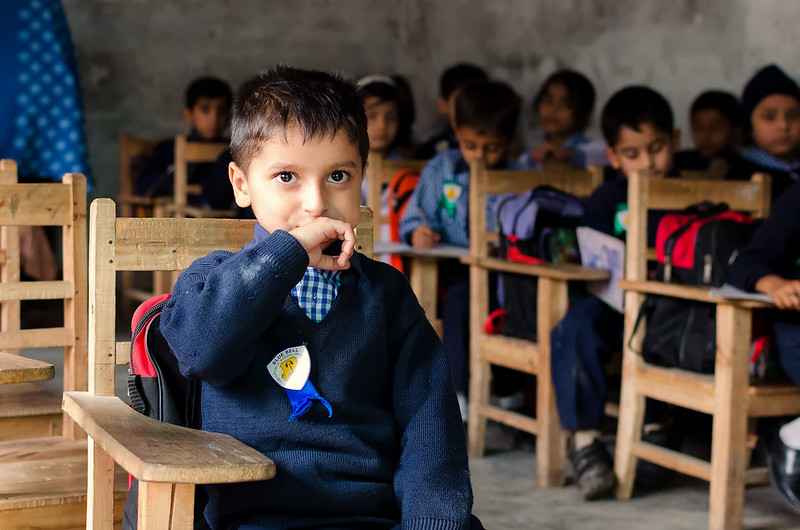 Pakistan is an emerging middle power within the East Asia hemisphere quickly on the incline to becoming one of the world’s largest militaries and economic power in the East. However, for all its recent growth, a multitude of issues still plague the nation; terrorism, corruption, religious strife, illiteracy and
Pakistan is an emerging middle power within the East Asia hemisphere quickly on the incline to becoming one of the world’s largest militaries and economic power in the East. However, for all its recent growth, a multitude of issues still plague the nation; terrorism, corruption, religious strife, illiteracy and 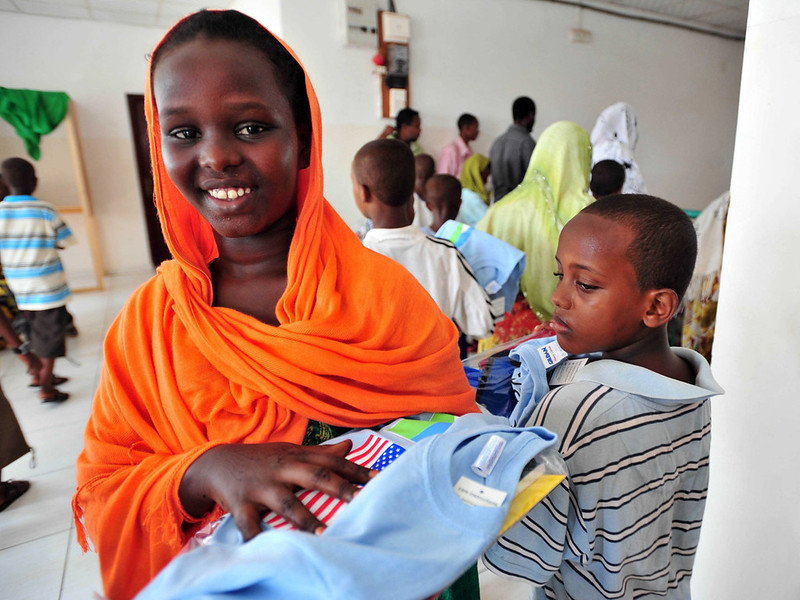 The Republic of Djibouti is
The Republic of Djibouti is 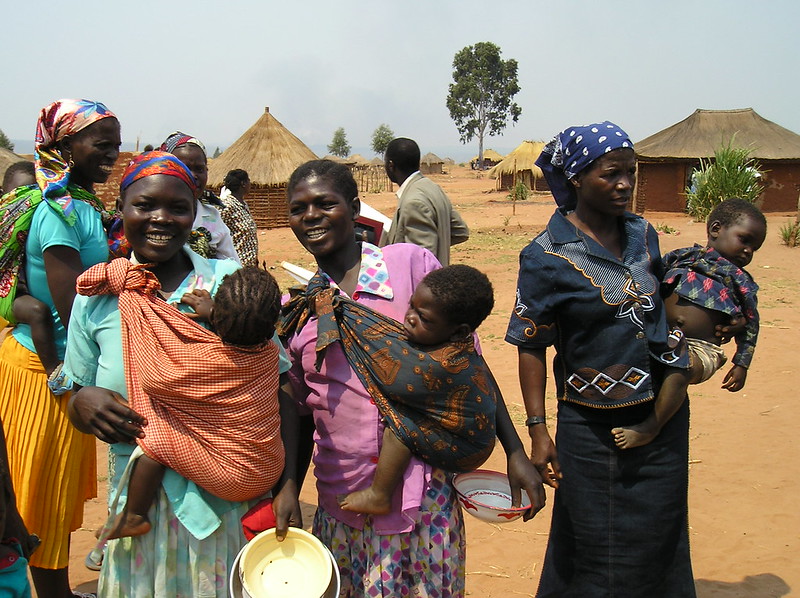
 Moldova, nestled between Romania and Ukraine in Eastern Europe, faces significant challenges with
Moldova, nestled between Romania and Ukraine in Eastern Europe, faces significant challenges with 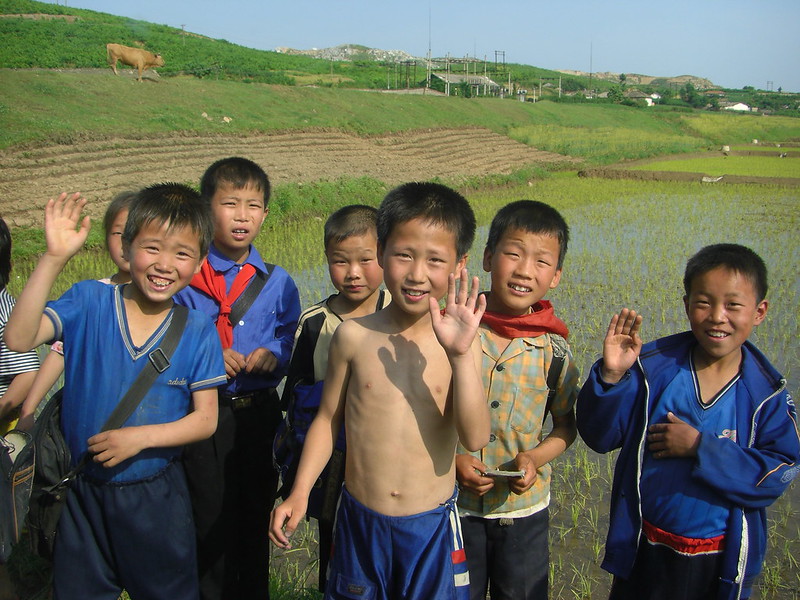 ChildFund’s support for impoverished Korean children aims to address the broader
ChildFund’s support for impoverished Korean children aims to address the broader